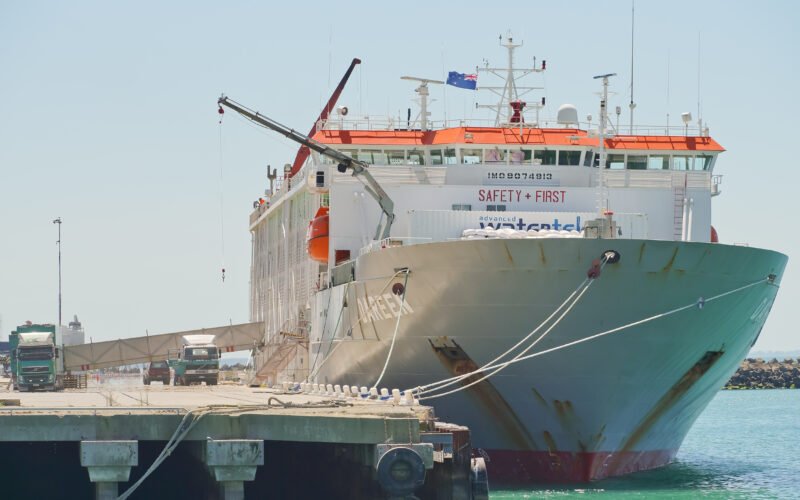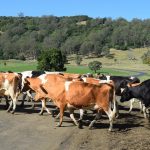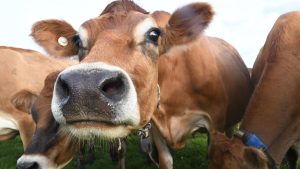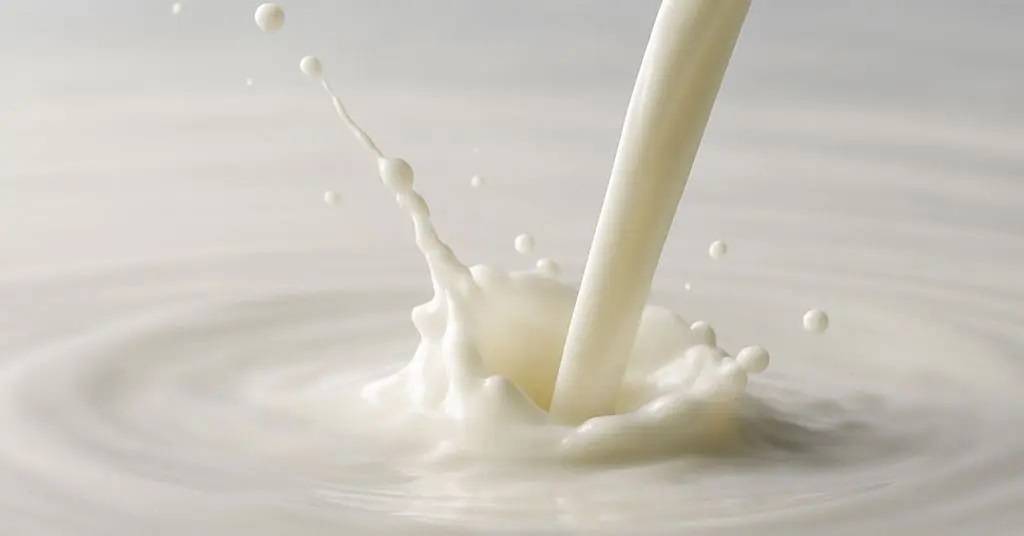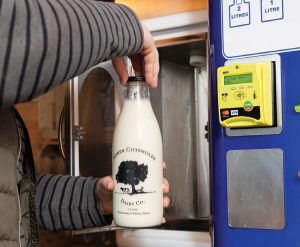
Pushback continues as Labor win keeps alive plan to stop live sheep shipping in 2028.
Western Australian farmers and livestock exporters intend to continue to push back on the re-elected Labor government’s plans to stop live sheep exports by May 2028.
The live sheep export trade gained electoral attention on the back of the Keep the Sheep campaign, aiming to preserve the live shipment business out of Western Australia.
The trade accounted for 500,000 sheep exported last year, mainly to Saudi Arabia and Kuwait. Australia also ships about 750,000 head of cattle a year.
Mark Harvey-Sutton, CEO of the Australian Livestock Exporters Council, said exporters were not for rolling over in the wake of the Labor victory. They intend to continue to fight against a policy they say is based on misguided animal welfare activist ideology.
“But we do know the task has certainly become more challenging. There are many things that still need to come into play, and it is still three years away,” Harvey-Sutton said.
Should the ban go ahead, it will mark a decade since the Australian Labor Party started pushing for it, sparked by an exposé in 2018 revealing high mortality rates due to heat stress on one shipment and amid growing public scrutiny of the trade.
Harvey-Sutton acknowledged past issues with the trade’s welfare standards.
“There is no doubt it needed to reform, and it did. The industry is now performing at the highest standards it has ever had and yet it is still facing closure.”
He pointed to a recent shipment that had incurred only 22 deaths out of 50,000 head.
Western Australia’s live export trade is now off the peak it enjoyed in the past, with numbers last year well below their five-year average of 770,000.
Analysis by Meat and Livestock Australia shows in 2023 the trade took a 20% lift, thanks in part to Saudi Arabia receiving exports for the first time in over a decade.
That country typically imported about a million sheep a year before trade stopped in 2012. The cessation had been due to Saudi Arabia’s refusal to comply with regulations imposed to improve animal welfare on the ships.
The trade has long been a contentious one, with Saudi Arabia proving particularly problematic. Trade has been suspended multiple times on grounds of welfare issues during shipment.
The government is offering farmers an AU$140 million transition package to aid their move out of the live export trade.
But Harvey-Sutton said only AU$40 million of this was destined for the supply chain, and farmer’s options for land use change in WA were limited by their location.
Local processing has been touted by the government as a viable alternative to shipping live sheep.
“We have had an abattoir open in WA, but we have also had two close in the past 12 months. And the type of livestock that would be processed, namely mutton, is not the high value lamb product export markets are seeking.”
Already flock numbers have fallen by 25% in the past 12 months in WA. Harvey-Sutton predicted this will have implications for eastern states, should they need to restock after dry periods.
“Restocking will not be as simple in the future if they do not have that reservoir of breeding sheep in WA to draw from.”
AgriHQ senior analyst Mel Croad said ewe slaughter rates in WA have surged over the past three years, from 1 million in 2021 to 1.75 million in 2024.
She said the move out of live exports may continue to result in a surge in processing numbers but was unlikely to have a significant effect on NZ’s export trade, compared to the likes of a drought in New South Wales, for example.
You can now read the most important #news on #eDairyNews #Whatsapp channels!!!
🇺🇸 eDairy News INGLÊS: https://whatsapp.com/channel/0029VaKsjzGDTkJyIN6hcP1K
